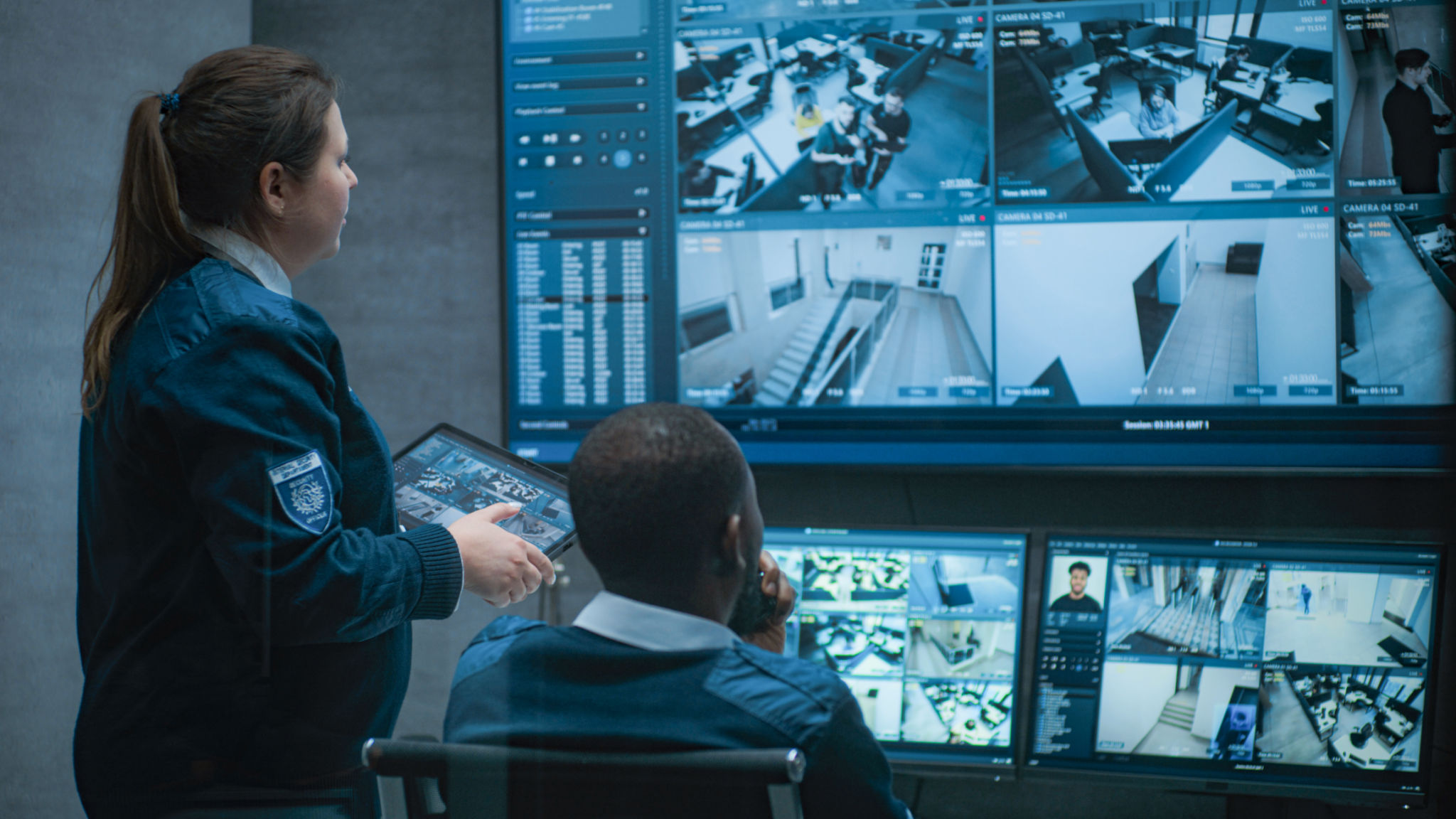How Can Businesses Improve Their Physical and Cyber Defenses? A Comprehensive Guide
Understanding the Importance of Physical and Cybersecurity
In today's business landscape, securing both physical and cyber assets is crucial. With increasing threats from both realms, companies must adopt comprehensive strategies to protect their resources. This guide will delve into practical measures businesses can implement to enhance their physical and cybersecurity defenses effectively.

Implementing Robust Physical Security Measures
Physical security is the first line of defense for any organization. It involves protecting assets from physical threats such as theft, vandalism, and unauthorized access. To enhance physical security, businesses should consider installing surveillance cameras, employing security personnel, and implementing access control systems. These measures help deter potential intruders and provide a safer environment for employees and assets.
Another critical aspect of physical security is ensuring that all sensitive areas within a facility are well-protected. This includes using locks, safes, and secure storage solutions for valuable equipment and confidential documents. Regular audits of physical security protocols help identify vulnerabilities and ensure compliance with best practices.
Strengthening Cybersecurity Protocols
In the digital age, cybersecurity is as essential as physical security. Businesses face constant threats from cybercriminals aiming to steal data or disrupt operations. To counter these threats, companies must adopt a multi-layered cybersecurity approach.

An effective cybersecurity strategy begins with employee education. Training staff on recognizing phishing attempts and practicing good cyber hygiene can significantly reduce the risk of breaches. Additionally, implementing strong password policies and two-factor authentication further strengthens access controls.
Utilizing Advanced Technologies
Technological advancements offer powerful tools for both physical and cyber defense. For physical security, businesses can leverage smart technologies such as biometric scanners and IoT devices to enhance monitoring and control access more efficiently.
On the cybersecurity front, employing advanced solutions like firewalls, intrusion detection systems, and encryption technologies can safeguard digital assets. Regular software updates and patch management are also crucial in mitigating vulnerabilities in systems and applications.

Developing an Incident Response Plan
No security system is infallible, making it vital for businesses to have a robust incident response plan in place. This plan should outline procedures for addressing breaches or security incidents swiftly to minimize damage. Key components include identifying potential threats, assigning roles and responsibilities, and establishing communication protocols.
Conducting regular drills and simulations can help prepare employees and management for real-world scenarios. These exercises ensure that everyone is familiar with the response plan and can act quickly and effectively in the event of a security breach.
Regularly Reviewing and Updating Security Policies
Security threats are constantly evolving, which means businesses must regularly review and update their security policies. Keeping abreast of the latest trends and technologies in both physical and cyber defense is crucial for maintaining an effective security posture.
Engaging with security experts or consultants can provide valuable insights into emerging threats and help tailor security strategies to meet specific organizational needs. By staying proactive, businesses can better protect their assets and maintain a secure environment for growth and success.